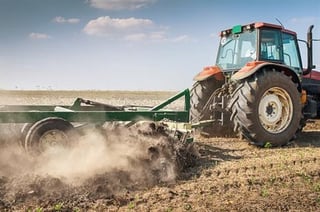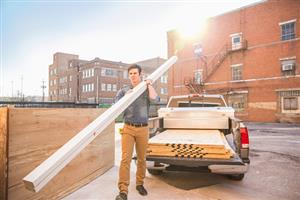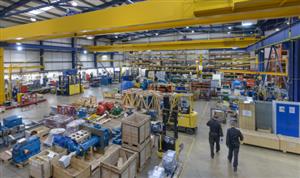
When equipment you've invested in has become obsolete, it can wreak havoc on your business' accounting, especially when it has not yet been fully depreciated. How do you deal with economic obsolescence in your company? Here's a quick look at what it is and how to best deal with it when it happens in your business.
How equipment appraisal helps you deal with economic obsolescence
I remember the first time I ran into a case of economic obsolescence in a piece of business equipment. Back in 1992, my parents invested in a 286 computer for their business, to run accounting and correspondence. Several years later, I found them a newer computer for the business, so the older desktop came home. Following a number of creative hacks to try to keep the system running for nearly 18 years, my mother finally asked, "That old computer probably isn't good for much more than a boat anchor anymore, is it?" The rejoicing at that point, albeit quietly in my head, was epic.
When equipment is no longer able to be updated to remain useful, it's said to have become obsolete. Economic obsolescence is the point at which it costs more to try to maintain older equipment than to replace it. Unfortunately, this can cause some serious problems with your company's books, especially if the machinery is not yet fully depreciated.
One industry where this regularly happens is IT. Because of the rapid progression of computer technology, it can seem as though every week a faster processor, bigger hard drive or a larger memory stick is coming out. Software from three years ago is no longer being supported by the developer, making it impossible to take care of security issues. When these assets are not yet fully depreciated, they still show value on the books even though they have become completely unusable in daily operations.
That doesn't mean you won't get any money for it in a sale, but it would require spending time, effort and money to find the right buyer. Some computer companies build their own testing labs by purchasing older systems that may be used by their clients, but these labs are not where the company makes money as much as where they provide customer support and service to ensure the product they're developing will work well on the client's system. Though it has some value for the company, it's not in the profit sector of the company, so is often disregarded in terms of value.
For this reason, an equipment appraisal can help fix this problem. Because a certified equipment appraiser should have experience in the industry in question, they typically have a good grasp of when a technology or piece of equipment is no longer able to remain competitive in the real world. They can help provide a value for the equipment that is realistic, and their appraisal is well documented.
When you have a situation of economic obsolescence in your company, one of the best options to record the loss of machinery value is through an equipment appraisal. When you work with a certified appraiser, they have a good grasp of your industry's rate of progress and understand when certain classes of machinery become obsolete. Because they use standardized methodologies, their appraisal report will stand up well to scrutiny from outside interests, whether it's the legal system, a tax agency, an insurance company or a financial institution.



